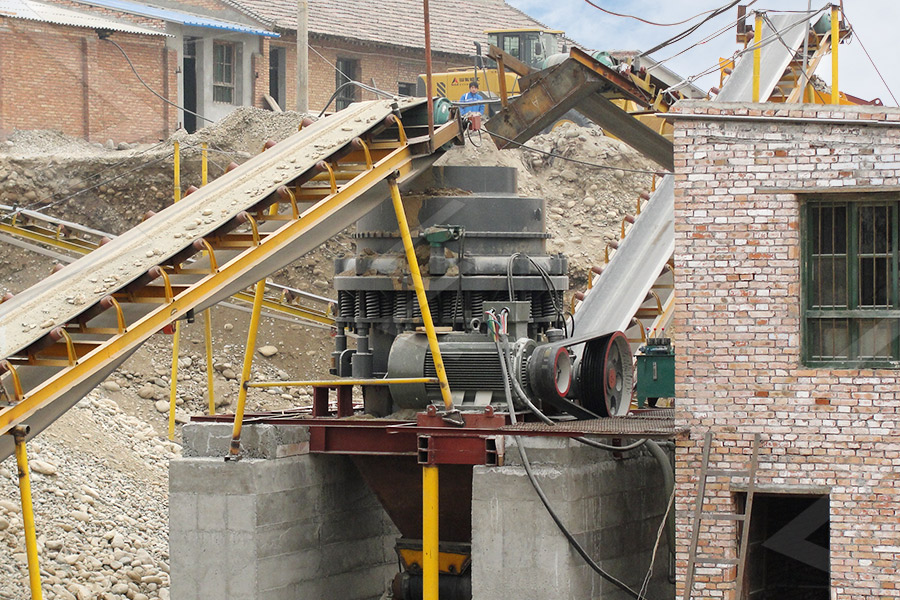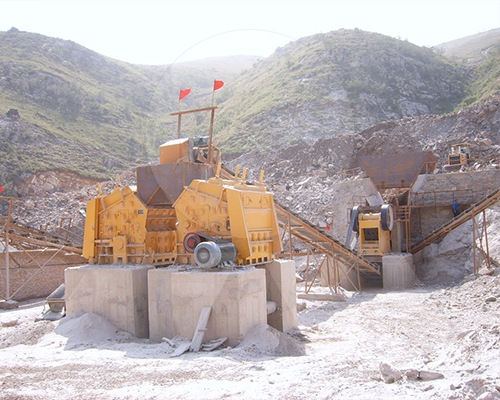Cone Crusher or Impact Crusher for Secondary Crushing in Mining: Which is More Cost-Effective?
In mining operations, selecting the right crusher for secondary crushing is crucial for optimizing productivity and reducing operational costs. The two most commonly used crushers for this stage are cone crushers and impact crushers. Each has its advantages and is suited for specific applications, but which one is the more cost-effective choice?

Advantages of Cone Crushers for Secondary Crushing
- High Crushing Efficiency and Consistency
Cone crushers offer a high reduction ratio and produce uniform-sized particles, making them ideal for secondary and tertiary crushing of hard and abrasive materials such as granite, basalt, and iron ore. - Lower Wear and Longer Service Life
The crushing mechanism of a cone crusher relies on compression rather than impact, leading to reduced wear on components. The liners and mantles last longer compared to impact crusher blow bars, reducing maintenance costs. - Energy Efficiency
Cone crushers generally consume less energy per ton of material processed, making them a more cost-effective option in the long run. - Suitable for High-Capacity Production
These crushers are designed for continuous operation and high output, making them ideal for large-scale mining operations.

Advantages of Impact Crushers for Secondary Crushing
- Better Shaping of Final Product
Impact crushers produce more cubical and well-shaped aggregates, making them the preferred choice for applications where the quality of the final product is a priority, such as road construction and concrete production. - High Reduction Ratio and Versatility
Impact crushers can handle a wide range of materials, including medium-hard and soft stones, and can produce finer particles compared to cone crushers. - Lower Initial Investment
Impact crushers usually have a lower upfront cost compared to cone crushers, making them a more budget-friendly option for smaller or mid-sized mining operations. - Easier Maintenance and Replacement
The replacement of wear parts in an impact crusher is generally simpler and faster, reducing downtime and maintenance effort.
Which is More Cost-Effective?
- For hard and abrasive materials (e.g., basalt, granite, iron ore): Cone crushers are more cost-effective due to their durability, lower maintenance needs, and energy efficiency.
- For softer to medium-hard materials (e.g., limestone, coal, construction waste): Impact crushers can be a better option as they offer higher reduction ratios, better product shaping, and lower initial investment.
- For high-volume mining operations: Cone crushers are preferred due to their longevity and lower operating costs.
- For projects where final product shape matters: Impact crushers are a better choice.
Conclusion
The decision between a cone crusher and an impact crusher for secondary crushing depends on the type of material, production needs, and budget constraints. While cone crushers offer long-term cost savings and efficiency for harder materials, impact crushers provide better shaping and lower initial investment costs for softer materials. Careful analysis of project requirements will help determine the most cost-effective solution for your mining operation.
- > Introduction to Iron Ore Beneficiation Process: 70 Tons per Hour Mobile Impact Crushing Plant
- > Efficient Copper Ore Processing with PF Impact Crusher
- > Application of Cone Crusher in Secondary and Tertiary Crushing in Metal Ore Beneficiation Process
- > Jaw Crusher for Crushing Volcanic Rock in Indonesia
- > Advantages of Cone Crushers Over Jaw Crushers
- > Suitability of Mobile Crushing Plants in Mining Operations
- > Utilizing Cone Crushers for Gravel Crushing: Efficiency and Advantages
- > Which Crusher to Use for Manufactured Sand Production? A Complete Guide
Hot Product


Online




Message
